Ask AI on The Internet
Question: If you were Mr Nkosi what type of “learning community” strategies would you propose at Green Valley High School to assist students with the challenges that they are facing at this school? (8 marks) What positive impact would the learning community have on students? (6 marks) Who are the people that you would involve and why? (6 marks) What challenges do you anticipate Mr Nkosi would encounter when creating the “learning community”? What can he do to resolve those challenges? (10 marks)
Creating a learning community at Green Valley High School can help address various student challenges, such as academic struggles, behavioral issues, and social-emotional development. Here are some strategies and considerations that Mr. Nkosi might propose: ### Learning Community Strategies (8 marks) 1. **Peer Tutoring and Mentoring Programs**: - Establish peer tutoring systems where older students or academically stronger students mentor and assist their peers. 2. **Collaborative Learning Groups**: - Implement collaborative project-based learning activities that encourage teamwork, critical thinking, and sharing of diverse perspectives. 3. **Professional Learning Communities (PLCs) for Teachers**: - Create PLCs where teachers collaborate to develop and share effective teaching practices, analyze student data, and support each other's professional growth. 4. **Parental Involvement Programs**: - Develop initiatives to involve parents more deeply in the learning process, such as parent-teacher workshops, regular communication channels, and volunteering opportunities in the classroom. 5. **After-School Programs and Extracurricular Activities**: - Offer academic clubs, sports, arts, and other extracurricular activities to engage students beyond the classroom and provide them with a well-rounded education. 6. **Emotional and Social Support Teams**: - Establish support teams including counselors, social workers, and psychologists to address emotional and social challenges faced by students. 7. **Online Learning Communities**: - Create online platforms for discussions, resource sharing, and collaborative learning among students and teachers. 8. **Cultural and Diversity Initiatives**: - Promote inclusive activities that celebrate diversity and teach students about different cultures, helping to build a more accepting and supportive community. ### Positive Impact on Students (6 marks) 1. **Improved Academic Performance**: - Enhanced student engagement and support can lead to better understanding and retention of material, resulting in higher academic achievement. 2. **Increased Motivation and Involvement**: - A sense of belonging and collaborative spirit can boost student motivation and involvement in their learning process. 3. **Development of Social Skills**: - Students can develop essential social skills such as communication, teamwork, and conflict resolution through group activities and peer interactions. 4. **Emotional Well-being**: - Access to emotional and social support can lead to improved mental health and overall well-being. 5. **Positive School Culture**: - A nurturing learning community promotes respect, inclusivity, and a positive school environment. 6. **Lifelong Learning Attitudes**: - Students are more likely to develop a love for learning and an understanding of its relevance to their future lives. ### People Involved and Why (6 marks) 1. **Teachers and Administrators**: - They are essential for implementing and sustaining the various programs and strategies within the learning community. 2. **Parents and Guardians**: - Their involvement is crucial for reinforcing learning at home and providing a support system for students. 3. **School Counselors and Social Workers**: - They offer vital support for students’ emotional and social needs, ensuring a holistic approach to education. 4. **Students**: - Their active participation is necessary to create a truly inclusive and effective learning community. 5. **Community Leaders and Organizations**: - Local community members and organizations can provide additional resources, mentorship, and support. 6. **Educational Consultants or Experts**: - Professionals can provide guidance and best practices for developing and maintaining a learning community. ### Anticipated Challenges and Resolutions (10 marks) 1. **Resistance to Change**: - **Resolution**: Communicate the benefits clearly, involve key stakeholders in the planning process, and provide training and professional development to ease the transition. 2. **Limited Resources and Funding**: - **Resolution**: Seek grants, partnerships with local businesses, and fundraisers to secure additional resources. Prioritize initiatives based on impact and feasibility. 3. **Lack of Parental Involvement**: - **Resolution**: Offer flexible meeting times, communicate through various channels, and emphasize the importance of parental engagement. 4. **Time Constraints for Teachers**: - **Resolution**: Adjust schedules to allow for collaboration time, possibly by incorporating common planning periods or using professional development days. 5. **Student Reluctance or Apathy**: - **Resolution**: Create programs that are student-centered and address their interests and needs, making learning more relevant and engaging. 6. **Maintaining Consistency and Follow-through**: - **Resolution**: Develop a clear plan with specific goals, timelines, and responsibilities. Regularly review progress and make necessary adjustments. By addressing these challenges thoughtfully and proactively, Mr. Nkosi can build a successful learning community that significantly benefits Green Valley High School students.
Think your answer is better than the AI's? Post it below.
Other Most Relevant Posts:
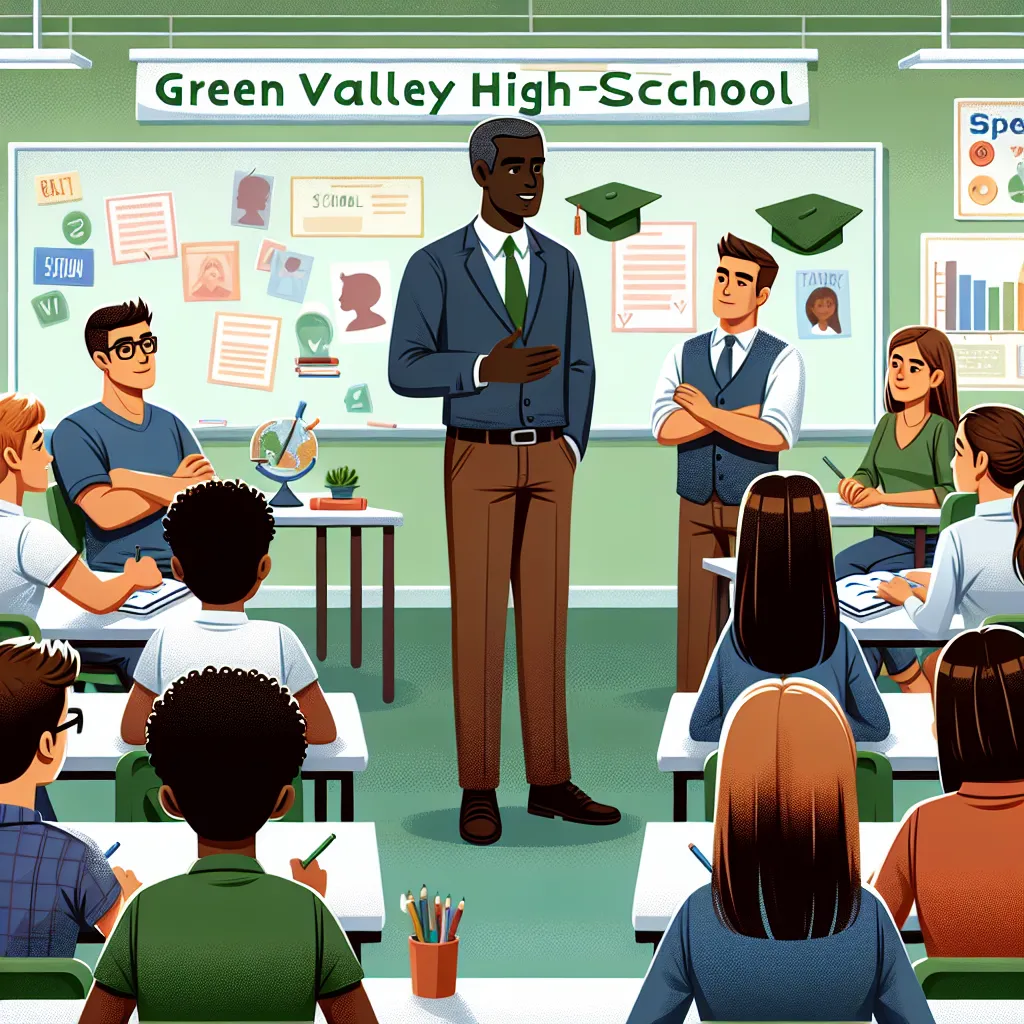 **Title: Harmonizing Education: Mr. Nkosi's Strategy for a Thriving Learning Community at Green Valley High School**
**Title: Harmonizing Education: Mr. Nkosi's Strategy for a Thriving Learning Community at Green Valley High School**
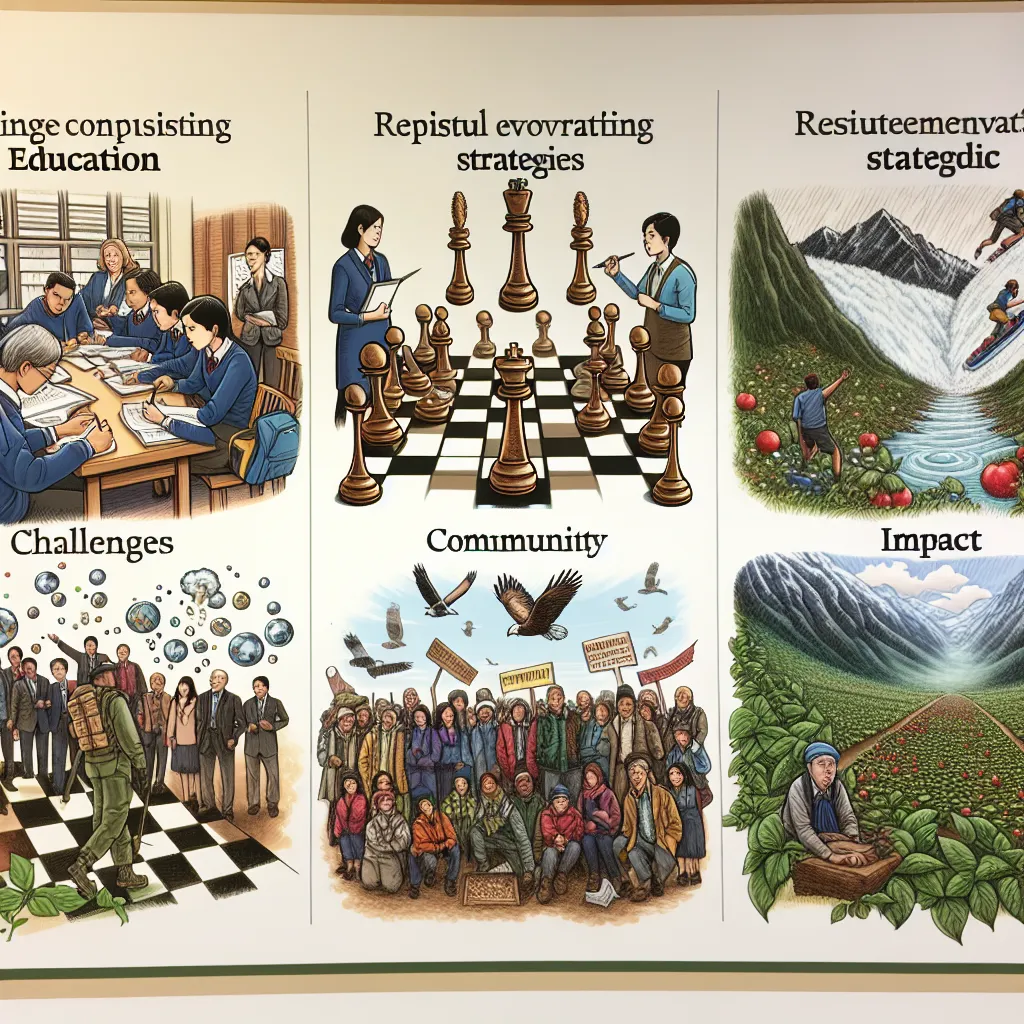 **Title: Mr. Nkosi's Harmonious Harmony: Cultivating a Thriving Learning Community at Green Valley High School**
**Title: Mr. Nkosi's Harmonious Harmony: Cultivating a Thriving Learning Community at Green Valley High School**
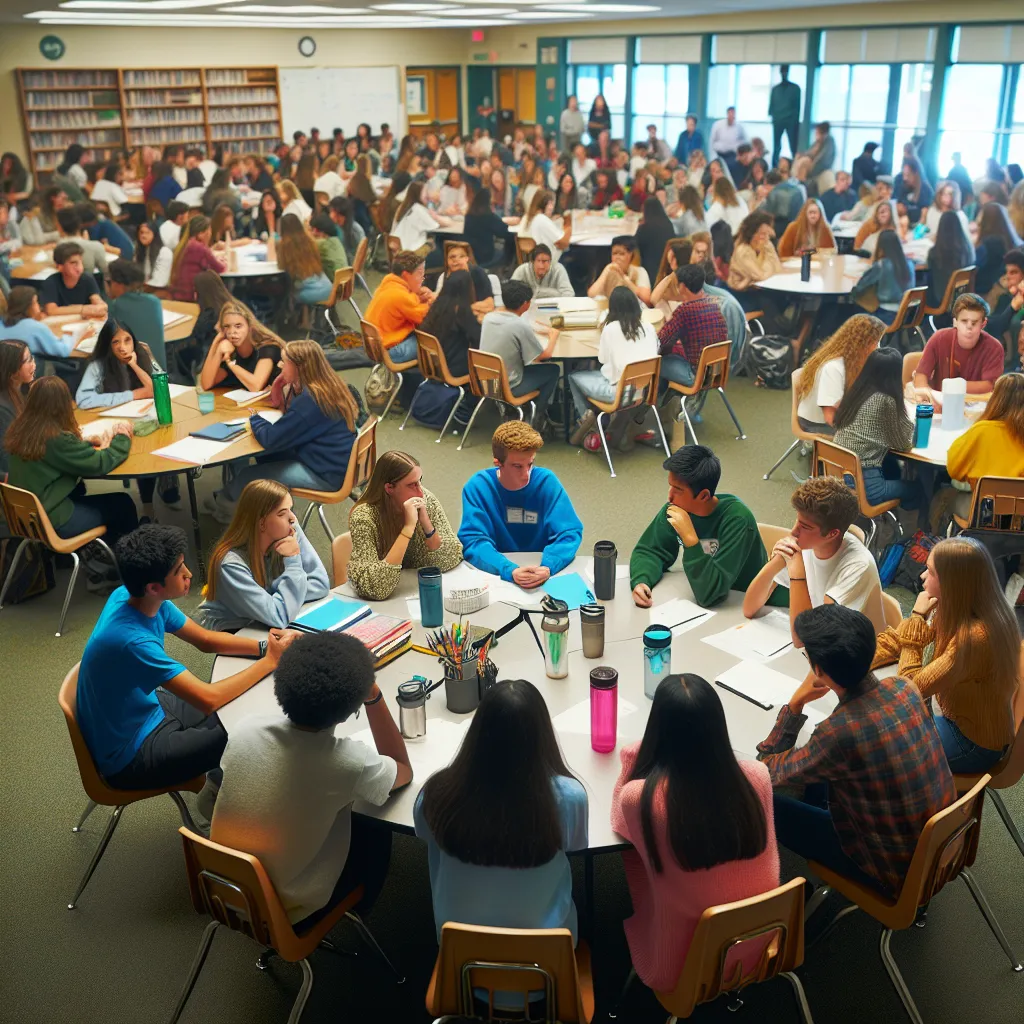 Title: Innovative Strategies for a Learning Community at Green Valley High School: Insights from Mr. Nkosi
Title: Innovative Strategies for a Learning Community at Green Valley High School: Insights from Mr. Nkosi
Question Tags
If you want your question answered by an AI, click here.
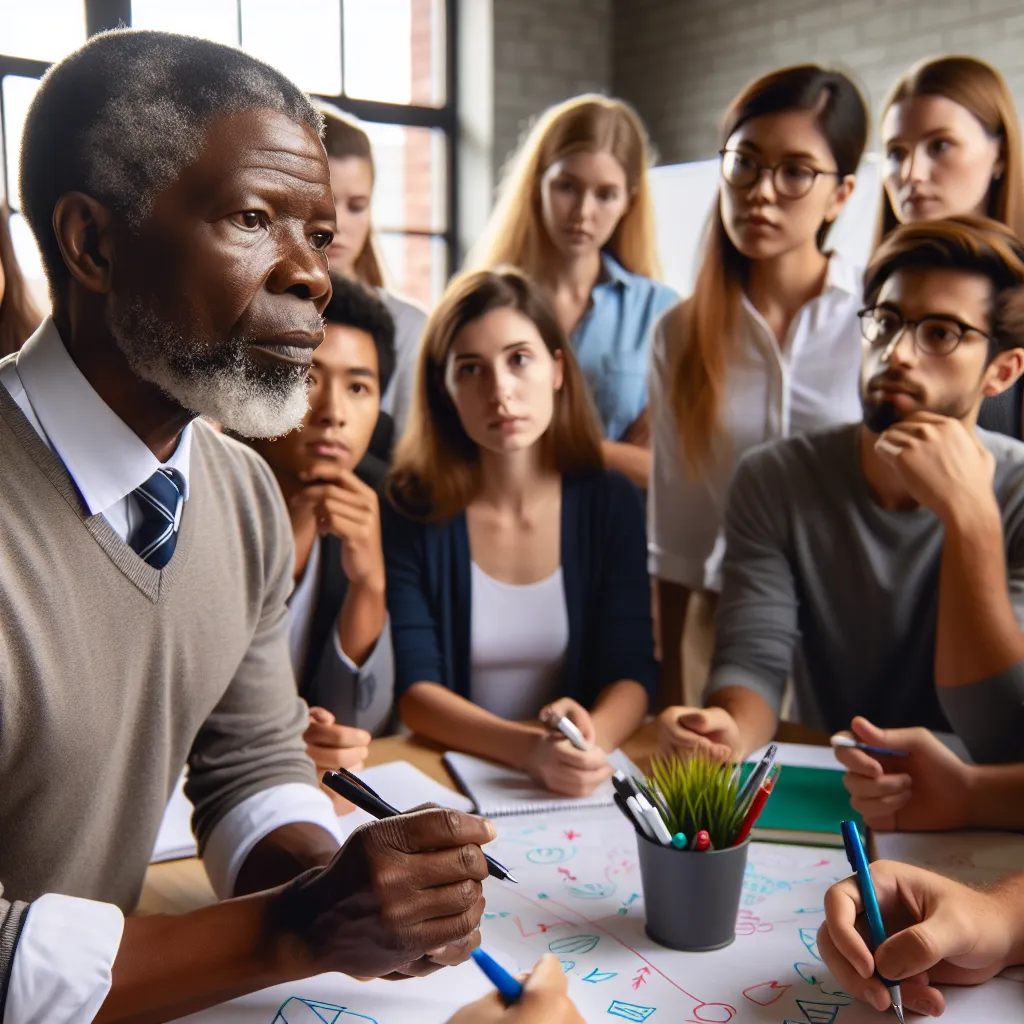
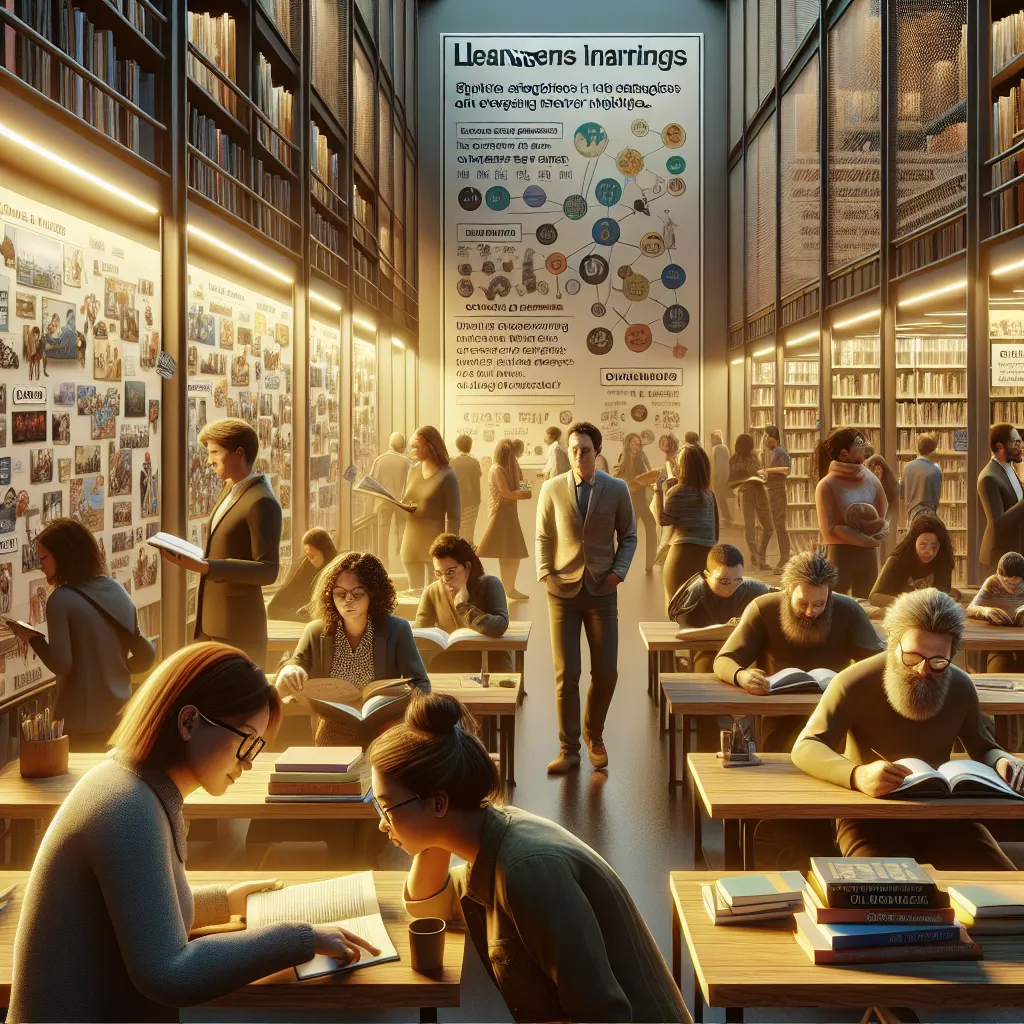
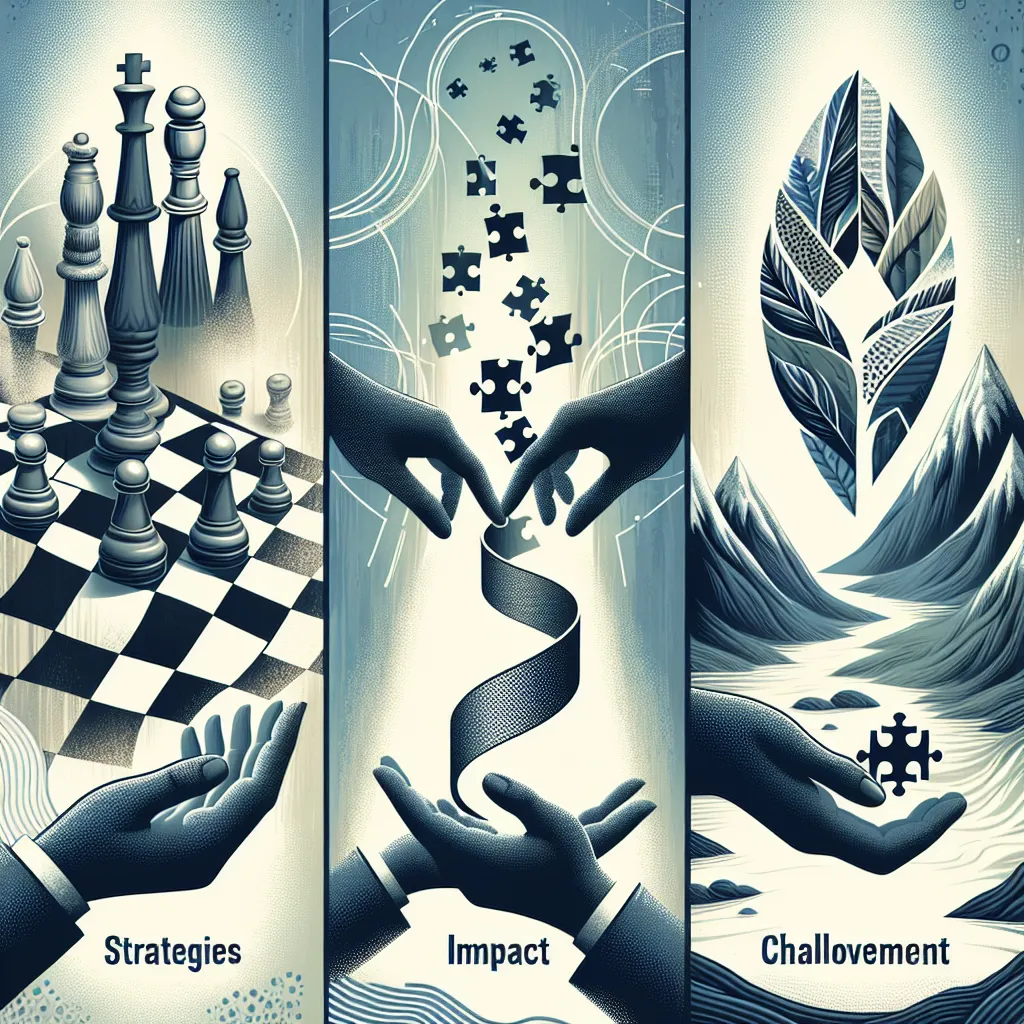

Post your own comment: